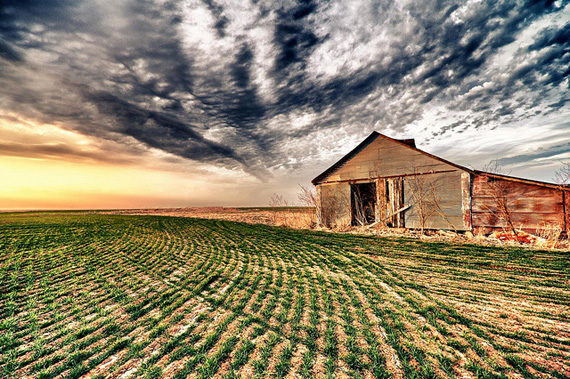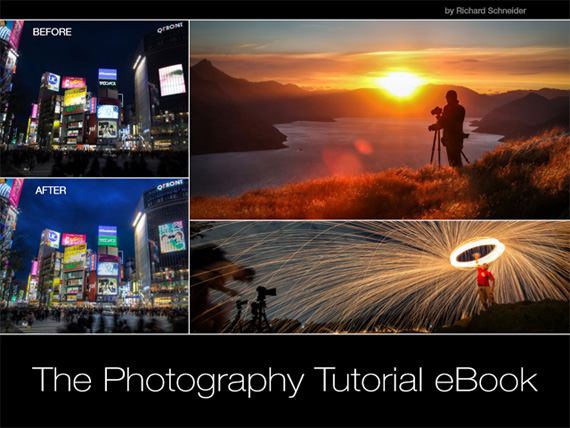Many of us have heard of bracketing and then discarded it as something too difficult or impractical. But this little technique can almost guarantee you the perfect exposure every time. Let’s take a look at a few simple steps to great images.
In the old days of film photography, it was difficult to bracket if you didn’t want to spend a lot of money in processing and printing costs. But now in the digital age, where it costs nothing to shoot an image and nothing to review it on your computer, we can all do it. Here is how it works.

Photo by Gagan Moorthy; ISO 100, f/6.3.
I suppose you could call bracketing an insurance policy against badly exposed images. I must emphasize that it’s against bad exposure and not bad images. It’s no guarantee that your composition will be a good one. When looking at your images and finding a great composition with the exposure slightly off, it’s always an “if only” moment. Bracketing will limit these moments.
Bracketing allows you to shoot an image at the recommended meter exposure setting, an underexposed setting, and one overexposed setting. But, that still doesn’t solve your problem does it? The key here is to determine how much you want to under or over expose the image.
On your camera you’ll find a setting denoted ‘AEB’ for automatic exposure bracketing. By changing to this setting, you’ll find that you’re able to change the exposure by a third, half, or a full stop. Depending on how you’re shooting, i.e., using aperture value or timed or shutter value (Av or TV), you will either open or close your aperture more or speed up or slow down your shutter speed.
Getting back to how much to over or under expose, is what is going to improve or perfect your image. You’ll have to experiment to see how much you want change the stops, but once you’ve worked it out the rest, as they say, is history.
So, you’ve decided how much of a stop you want to bracket, then what next? Simple. Press the shutter button and voila! The camera will take three shots of the scene. One normal, one slightly overexposed, and one slightly underexposed. And, I’m pretty sure that one of them will be just right. You might find that the best one is the middle exposure and it wasn’t necessary for the other two. But, just in case, it’s a great feature to use on your camera as you learn digital photography.
If you’ve already tried to experiment with HDR photography you’ll find that AEB is a great help to get the perfect final image. Happy shooting!
About the Author:
Wayne Turner has been teaching photography for 25 years and has written three books on photography. He has produced 21 Steps to Perfect Photos; a program of learner-based training using outcomes based education.
For Further Training & Photography Tricks:
Our #1 bestseller includes a chapter on light painting photography & more, the most in-depth eBook on how to capture amazing photography anywhere. Over 250 pages of photography tips & tricks from industry insiders.
It is the product of over a DECADE of research as an insider in the photography industry, assembled to help you learn quickly and avoid the mistakes that I made along the way.
Found here: The Photography Tutorial eBook at 60% Off
Go to full article: How to Bracket Exposures in Photography
What are your thoughts on this article? Join the discussion on Facebook
PictureCorrect subscribers can also learn more today with our #1 bestseller: The Photography Tutorial eBook
The post How to Bracket Exposures in Photography appeared first on PictureCorrect.
